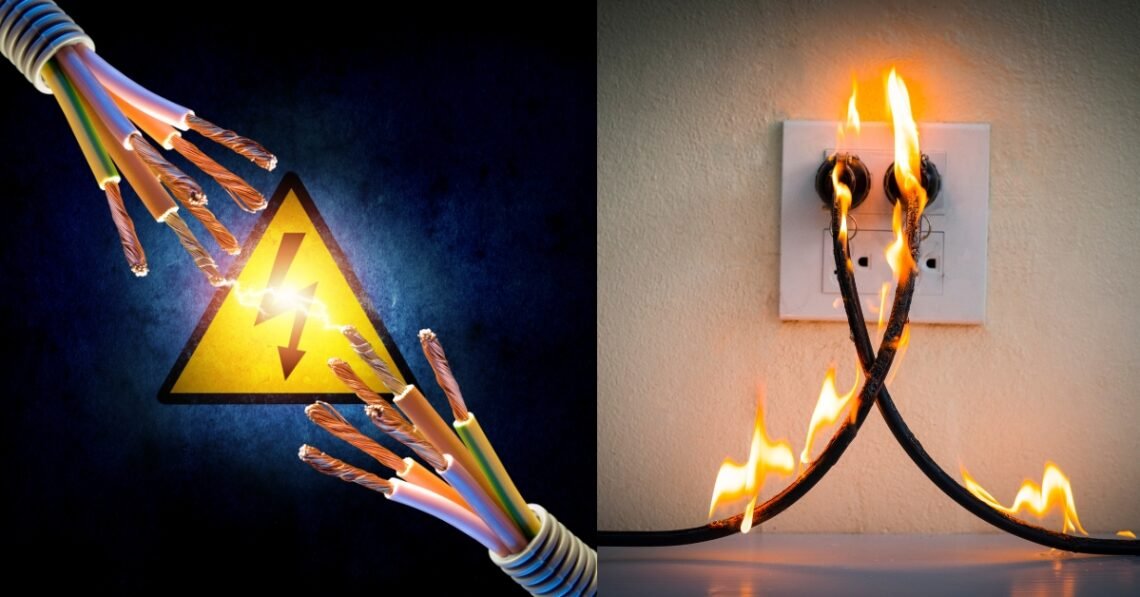In today’s rapidly evolving built environment, safety and control have become paramount concerns for architects, engineers, and facility managers alike. Traditional electrical systems, while reliable, often lack the flexibility and intelligence required to meet modern demands. Smart wiring solutions—comprising advanced cabling, intelligent controllers, and integrated monitoring—provide a seamless way to enhance both safety and operational control in residential, commercial, and industrial buildings.
The Evolution of Wiring in Modern Buildings
Conventional wiring systems were designed primarily to deliver power; they did not account for the myriad data, communication, and safety requirements of contemporary structures. As buildings become “smarter,” they demand networks capable of handling electrical distribution alongside low-voltage data signals. This shift has given rise to smart wiring solutions, which integrate power, data, voice, and security circuits into a cohesive framework that can be centrally managed and monitored.
Key Safety Enhancements
Smart wiring introduces several safety features that traditional setups simply cannot match:
- Real-Time Fault Detection: Integrated sensors continuously monitor current, voltage, and temperature. The moment an anomaly is detected—such as a short circuit, overload, or potential arc flash—alarms are triggered and circuits can be automatically de-energized.
- Automated Emergency Response: In critical situations like fire or gas leak, smart systems can isolate affected circuits, activate alarms, and coordinate with HVAC controls to manage smoke extraction and pressurization.
- Predictive Maintenance: By logging performance data over time, building managers can identify trends that precede equipment failure. This proactive approach reduces downtime and prevents accidents caused by aged or overloaded components.
Advanced Control and Automation
Beyond safety, smart wiring solutions revolutionize how buildings operate on a day-to-day basis:
- Centralized Management: A unified dashboard allows facility managers to adjust lighting, HVAC, and security systems from a single interface. Scheduling, zoning, and energy-usage analytics are all accessible in real time.
- Scalability and Flexibility: Modular wiring architectures mean new devices—whether IoT sensors, access control panels, or advanced lighting fixtures—can be added without rewiring entire floors.
- Energy Efficiency: Automated dimming, occupancy sensing, and demand-response algorithms help optimize energy consumption, cutting costs and reducing carbon footprints.
The Role of Low Voltage Infrastructure
At the heart of smart wiring is the Low Current System In India, which handles data, voice, and low-voltage security and fire-alarm signals. By separating low-current cabling from high-voltage power lines, electromagnetic interference is minimized, ensuring reliable communication and precise control across all building systems. Properly designed low-current networks support a wide range of applications:
- Structured Cabling for IT and Communication: High-bandwidth data lines accommodate everything from office networking to Wi-Fi and cellular distribution.
- Security and Surveillance: Dedicated pathways for cameras, access control readers, and intrusion detectors maintain uninterrupted monitoring.
- Building Automation Signals: Controls for HVAC, lighting, and shading devices rely on low-voltage wiring to respond instantly to occupancy and environmental sensors.
Why Choose Manikaran Enterprises
Implementing smart wiring solutions requires expertise in both electrical power and low-voltage systems. Manikaran Enterprises brings over two decades of experience in designing, installing, and commissioning integrated electrical networks. Our team understands the nuances of code compliance, system interoperability, and future-proofing, making us the go-to Top Electrical Solution Company in Rajasthan for projects of all scales. With a proven track record, we deliver turnkey solutions that meet client objectives and regulatory standards alike.
Best Practices for Implementation
Successful deployment of smart wiring involves several critical steps:
- Comprehensive Needs Analysis: Define safety, control, and communication requirements up front.
- Integrated Design Approach: Collaborate across disciplines—architectural, mechanical, IT, and security—to ensure seamless integration.
- Quality Components: Use shielded, category-rated cables and certified controllers to guarantee performance and longevity.
- Thorough Testing and Commissioning: Verify each circuit and device under real-world conditions to ensure system resilience.
- Training and Documentation: Equip facility staff with clear operation manuals and hands-on training for effective system management.
Conclusion
Smart wiring solutions represent the next frontier in building safety and control. By integrating power distribution with advanced low-voltage networks, these systems deliver real-time monitoring, predictive maintenance, and centralized automation—key ingredients for modern infrastructure. With the expertise of Manikaran Enterprises, you can ensure your next project leverages the latest in electrical technology to create environments that are safer, more efficient, and future-ready.





